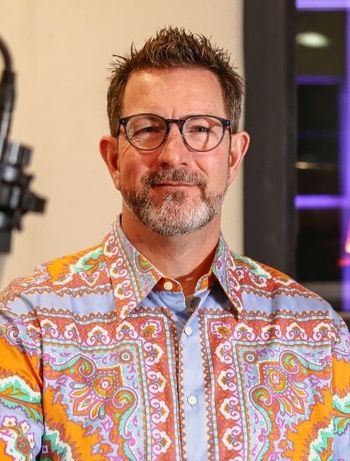
Alexis A. Thompson, MD, MPH, Reviews Approval of Beti-Cel for β-Thalassemia

Alexis A. Thompson, MD, MPH, spoke about the use of betibeglogene autotemcel for patients with β-thalassemia.
In an interview with CancerNetwork®, Alexis A. Thompson, MD, MPH, chief of the Division of Hematology and Elias Schwartz, MD, Endowed Chair in Hematology at Children’s Hospital of Philadelphia. Thompson is also a member of the American Society of Hematology (ASH) CONSA Steering Committee and former ASH president, discussed the recent approval of the gene therapy betibeglogene autotemcel (beti-cel; Zynteglo) for the treatment of adult and pediatric patients with β-thalassemia who require regular red blood cell transfusions.
Transcript:
Beti-cel is a gene therapy for transfusion-dependent β-thalassemia. This product is the combination of the patient’s autologous stem cells that have been transduced with a lentiviral vector that expresses the β-globin gene and allows for the production of normal human β-globin. This will allow for the production of hemoglobin A, or normal adult hemoglobin, which by and large patients with transmission-dependent thalassemia cannot make.
There are many people who have been looking forward to the potential for gene therapy and β-thalassemia for decades. I fully expect that the thalassemia community is anxiously awaiting this approval. What this will finally allow is broadening of opportunities for patients with thalassemia to think about a curative option. We’ve known for some time, probably since the mid-80s, that you could cure β-thalassemia if you are fortunate enough to have an HLA [human leukocyte antigen] matched sibling donor, and if you are a relatively young individual, ideally, below age 14, and even before age 7. The problem is the vast majority of us do not have an HLA-matched sibling who could be a donor for a transplant. [Beti-cel] offers access to a curative option because the patient is their own donor. It also offers the potential for long-term disease control, and I dare say, I don’t think it’s too early to think about this being a potential cure for more patients, but without some of the risks that we know are associated with allogeneic stem cell transplant. When the patient is their own donor, you shouldn’t see things like graft-versus-host disease. Patients recover in a predictable manner. It’s unlikely that they will have extended periods of cytopenia where they’re going to be at risk for infection or bleeding. There certainly are still some risks that are associated with it, but now that we have patients who are out beyond 8 years since their gene therapy with beti-cel, we’re getting a good appreciation for the near-term [adverse] effects and the number of things that one might see a bit farther out.
Reference
FDA approves cirst Cell-based gene therapy to treat adult and pediatric patients with beta-thalassemia who require regular blood transfusions. FDA. August 17, 2022. Accessed August 17, 2022. https://bit.ly/3Pwkv40
Newsletter
Stay up to date on recent advances in the multidisciplinary approach to cancer.































































































